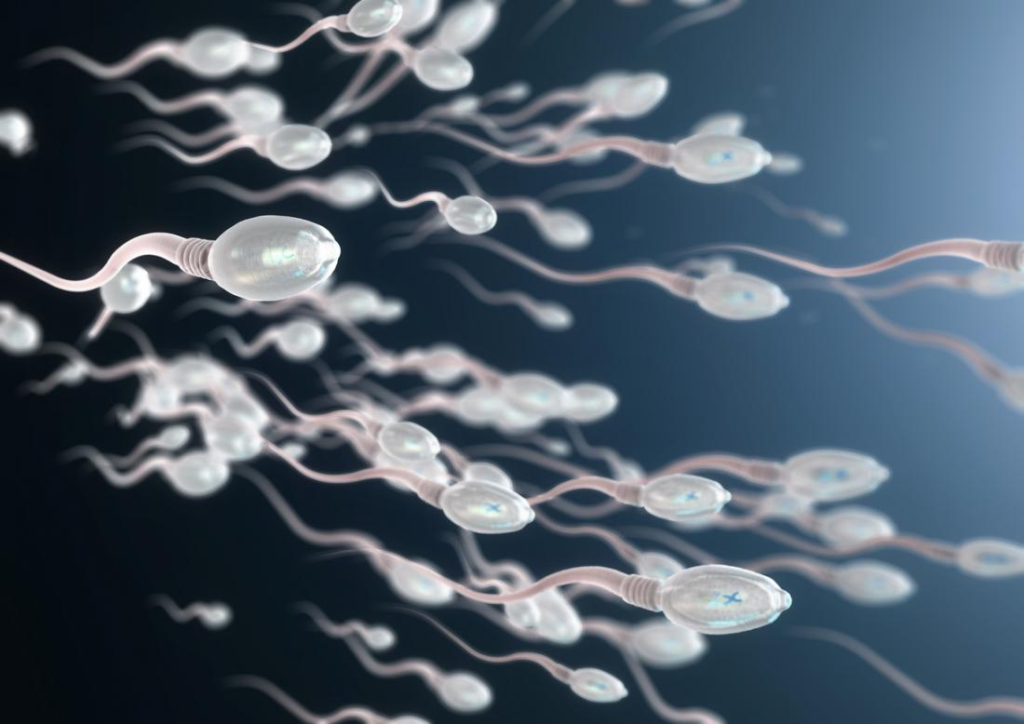Sperm motility is the movement of the spermatozoa. Motility is important for the sperm to move forward and fertilize the egg. For this sperm has to be not just motile but be able to move forward at a considerable speed. Hence motility is graded into 4 grades
- A: Progressively motile: Actively mobile, when the sperm is not just moving but is moving forward with great speed
- B: Slow Progressive: Where forward motility is there but not at a great speed
- C: Non Progressive: There is no forward motility
- D: Non Motile: Sperms are not moving at all.
What is Normal Motility?
According to WHO criterion normal motility is
Progressive motility ( A+B) = More than 32%
Total Motility (A+B+C) = More than 40%
Motility is also indirectly an indicator of normal health of a sperm. Poor motility may be because of poor sperm production
Causes of Poor Sperm Motility
- Prolonged abstinence : This causes low motility as sperm stays stored in the epididymis where DNA damage may occur. Repeated ejaculation prevents this.
- Local Infection: Semen where sperm has poor motility could be indicative of local infection in the genital tract like epididymitis, prostatitis, orchitis
- Deficiency in antioxidants: This causes a DNA damage to the sperm resulting in poor motility and abnormal sperm shape (morphology)
- Hormonal Imbalance: The hormones of the brain which stimulate spermatogenesis may be deficient due to a cause in the brain Alternatively, the testis due to some reason may not be secreting the hormone – Testosterone
- Local factors: Hot baths or laptops in the lap causing a local rise of temperature can destroy the sperm motility and cause DNA damage
- Genetic Cause: Some hereditary causes like Klinefelters syndrome and Y chromosome microdeletion may cause it.
- Chronic disease: Uncontrolled diabetes mellitus, kidney disorder and liver disease can lead to a poor sperm motility
- Varicocele: Varicocele is a condition where the veins of the testis can get dilated. Thus the local temperature rises due to increased blood flow. This damages the sperm and its motility
Testing a person with Poor Motility of Sperm
- Repeat semen analysis with not more than 5 days abstinence
- Semen culture to see what infection may be there
- Local examination to check varicocele and infections
- Scrotal ultrasound to see size of testis and any varicocele
- Hormonal profile if severe loss of motility – FSH, LH testosterone, Prolactin, thyroid profile
- Genetic testing – Karyotyping . If severe decrease in count and motility – Y chromosome microdeletion should be done
- Check, Blood sugar Kidney function test and liver function test
Treatment
Treatment consists of treating the cause
- Antibiotics: In case of infection. Depending on type of infection a specific anibioticis is given. Usually infection in the male genital tract needs a prolonged course of antibiotics
- Hormonal injections if hormonal deficiency found
- Surgery of varicocele – Varicocelectomy
- Intrauterine Insemination: Here the semen is prepared in the lab to concentrate the most motile sperms and insert in the uterus at time of egg release. This will only work if total motile count is more than 5 million/ml. That means total concentration of moving sperm is at least 5 million/ml.
- ICSI: Severe genetic causes and those not responding to treatment would be dealt with IVF – Intracytoplasmic sperm injection (ICSI). ICSI is done by one sperm being picked up by microneedle and injected into an extracted egg to fertilize and make embryos which are later transferred in uterus.
If Poor motility is accompanied by poor count (Oligoasthenozoospermia)the prognosis is poor as total motile count is poor. Similarly if poor motility is accompanied by poor morphology (asthenoteratozoospermia) the impact on fertility is much more severe. If all three are present (Oligoathenoteratozoospermia) fertility is severely impaired.


